1. Cahokia Mounds (Illinois)
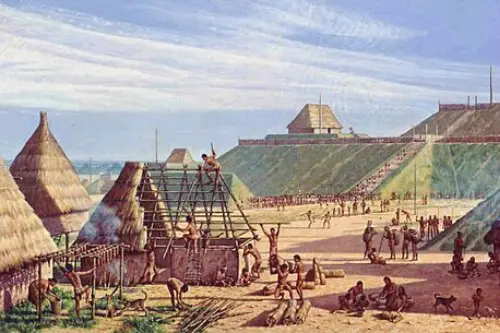
Cahokia Mounds, located near St. Louis, Missouri, once stood as the largest pre-Columbian city north of Mexico, peaking around 1050-1200 AD. The most iconic feature of the site is Monk’s Mound, a massive earthen structure, which would have been a focal point for religious ceremonies. The city had a sophisticated urban layout with plazas, ceremonial areas, and residential complexes that highlight its complex societal organization. At its height, Cahokia likely housed around 20,000 people, showing an extensive trade network and agricultural prowess, according to the UNESCO World Heritage Center.
Despite its prominence, the reasons for Cahokia’s decline remain a mystery, though environmental stress and societal changes are often cited. The site’s advanced construction techniques, including the creation of large mounds and the alignment of structures with celestial events, point to a highly skilled society. Cahokia’s influence spread throughout the region, impacting nearby Native American groups. Today, the Cahokia Mounds are a UNESCO World Heritage Site, preserving this remarkable glimpse into America’s ancient past.
2. Chaco Canyon (New Mexico)
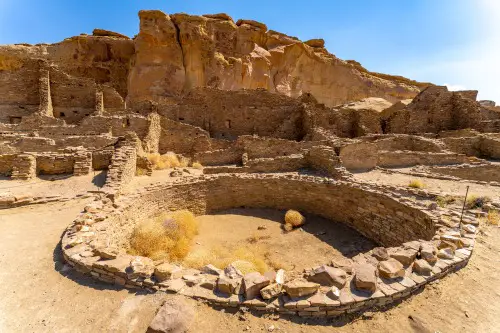
Chaco Canyon, a key cultural and political center in the American Southwest, thrived between 900 and 1150 AD. Known for its massive stone buildings, or “great houses,” Chaco was a place of commerce, politics, and astronomical study, according to Archaeology Southwest. The architecture of Chaco Canyon is remarkable, with roads radiating out from the canyon connecting distant communities, and the buildings aligned with celestial events like solstices. The most famous structure in Chaco Canyon is Pueblo Bonito, which contains over 600 rooms and was likely a central hub for ceremonial and political activities.
Chaco’s influence spread across much of the Southwest, and the site’s advanced understanding of astronomy is still admired today. The reasons for its abandonment are not fully understood but likely relate to drought, resource depletion, and societal pressures. Despite its decline, Chaco Canyon remains a powerful symbol of Native American cultural history. It continues to be studied by archaeologists and remains a sacred place for many Native American tribes.
3. Serpent Mound (Ohio)
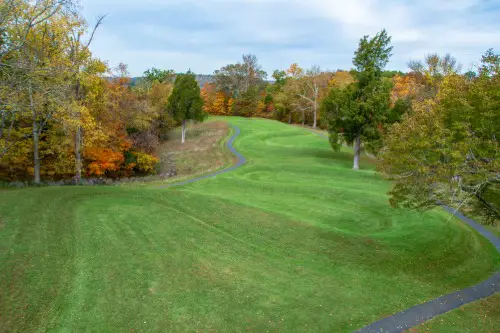
Serpent Mound is one of the most famous effigy mounds in the United States, located in southern Ohio. Estimated to have been built around 1000 BCE by the Adena or Hopewell cultures, the mound takes the form of a winding serpent, according to Harvard University. This impressive earthen structure is aligned with astronomical events such as the summer solstice, suggesting it had ceremonial or spiritual significance. The exact purpose of the mound remains a mystery, but it is believed to be a site for celestial observation or related to fertility rituals.
The mound’s serpent shape is symbolic of the natural world, with many theories about its meaning relating to transformation, renewal, or snake deities. Despite the ambiguity of its creators, Serpent Mound holds significant cultural importance to Native American tribes and remains a point of pride in Ohio. Today, it continues to intrigue archaeologists and visitors alike, sparking discussions about ancient cultural practices. The mound’s preservation ensures that its mystery endures for future generations to explore.
4. Pueblo Bonito (New Mexico)
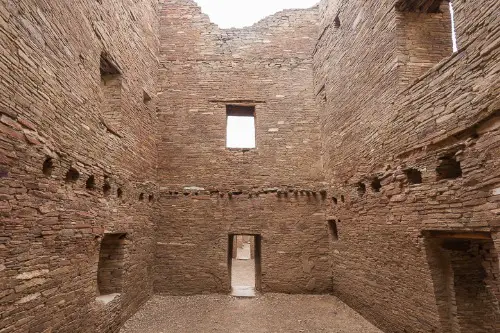
Pueblo Bonito, located in Chaco Canyon, New Mexico, was one of the largest and most complex communities of the Ancestral Puebloans, according to Guillermo Carvajal from La Brújula Verde. This multi-story structure, which housed hundreds of rooms, served as a political, ceremonial, and social center around the 11th century. Its precise alignment with astronomical phenomena suggests that its builders had a deep understanding of the stars and the cycles of the sun and moon. The site’s monumental architecture and extensive road network indicate that it was once a thriving metropolis.
The remains of Pueblo Bonito reveal much about the complex society that built it. Artifacts such as pottery, tools, and even remnants of trade goods show that it was a key player in regional exchange networks. The site’s abandonment, likely around the 12th century, remains a subject of much debate, with theories ranging from climate change to internal conflict. Today, Pueblo Bonito is a UNESCO World Heritage site, preserving the legacy of its builders.
5. Cliff Dwellings of Mesa Verde (Colorado)
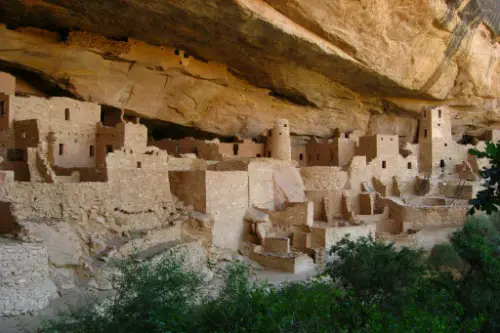
The cliff dwellings of Mesa Verde in Colorado offer a stunning look into the lives of the Ancestral Puebloans, who built homes in the alcoves of steep cliffs around 1200 AD. One of the most famous sites, Cliff Palace, features multi-room dwellings built into the cliffside, demonstrating an advanced understanding of architecture and resource management, according to National Park Service. These cliff dwellings provided both protection and strategic advantages, as they were difficult to access, offering defense against invaders.
Mesa Verde’s inhabitants were also skilled farmers, cultivating crops like corn, beans, and squash in the arid desert. The site offers insights into the daily lives of these ancient people, from their intricate pottery to their use of the landscape for ceremonial and communal purposes. The cliff dwellings were abandoned by the late 13th century, likely due to drought and resource scarcity. Today, Mesa Verde National Park preserves these structures as a powerful reminder of the Ancestral Puebloans’ ingenuity.
6. Poverty Point Earthworks (Louisiana)
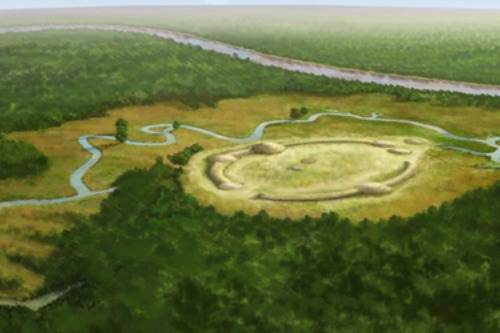
Poverty Point, located in northeastern Louisiana, is an extraordinary complex of mounds and earthworks built between 1700 and 1100 BCE by the Poverty Point culture. The site consists of concentric earthen ridges and massive mounds, with the largest mound standing 70 feet high. It was likely used for ceremonial purposes and was a central hub for the people who lived there, possibly hosting rituals and trade events. The alignment of these earthworks with celestial events further suggests the importance of astronomy to the Poverty Point people.
Despite lacking large stone structures, the scale and complexity of the earthworks at Poverty Point demonstrate advanced engineering skills. The site was also a major trade center, as evidenced by artifacts found from distant regions. By 1100 BCE, the site was abandoned, but it had a lasting impact on the surrounding cultures. Poverty Point was declared a UNESCO World Heritage Site in 2014, preserving its place in ancient American history.
7. The Great Kiva at Pueblo Bonito (New Mexico)
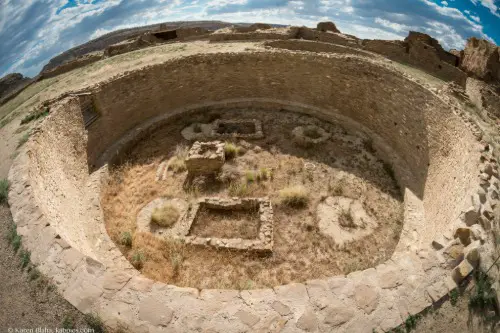
In addition to its impressive great houses, Pueblo Bonito in Chaco Canyon also contained large circular structures known as kivas, which were used for religious ceremonies. The Great Kiva at Pueblo Bonito is a notable example of these ceremonial spaces, which would have played a central role in community rituals. The kiva’s design includes a circular shape and a central fire pit, both key components in Puebloan spiritual practices. Its size and location within the site suggest it was an important gathering place for the people of Chaco Canyon.
The construction of such large and intricate ceremonial spaces indicates the social and religious complexity of the people who lived there. Kivas were used not just for rituals, but also for political and social gatherings, emphasizing their multifaceted role in Ancestral Puebloan society. The Great Kiva at Pueblo Bonito remains one of the best-preserved examples of ceremonial architecture in the American Southwest. Today, it continues to serve as a point of connection to the past for Native American groups whose ancestors lived in Chaco Canyon.
8. Hohokam Canals (Arizona)
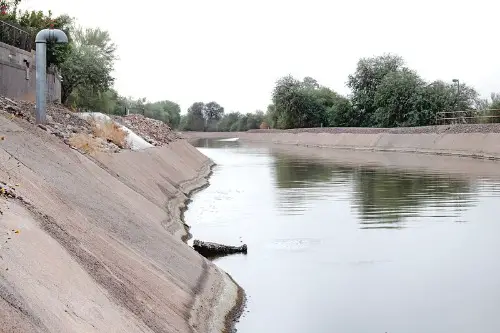
The Hohokam people of southern Arizona, who thrived between 300 BCE and 1450 AD, are known for their remarkable irrigation systems. These canals, some of which extend for miles, were dug by hand and used to irrigate crops in the otherwise arid desert environment. The Hohokam constructed more than 500 miles of canals, demonstrating a sophisticated understanding of water management and agricultural practices. These canals enabled them to farm crops such as corn, beans, and squash in what would otherwise have been uninhabitable land.
In addition to their irrigation systems, the Hohokam were skilled artisans and traders, influencing and being influenced by neighboring cultures. Their elaborate canal systems helped sustain large settlements like Snaketown, which acted as hubs for trade and culture. The Hohokam abandoned their cities in the 15th century, likely due to a combination of drought and societal stress. However, their legacy of irrigation continues to influence modern water management techniques in the region.
9. Acoma Pueblo (New Mexico)
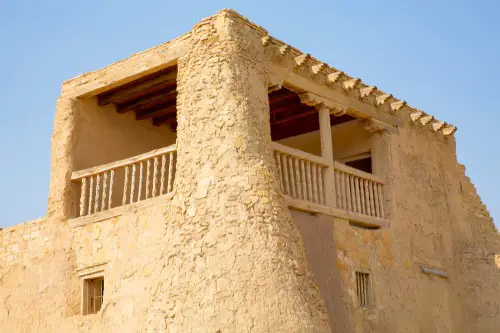
Acoma Pueblo, often referred to as “Sky City,” is one of the oldest continuously inhabited communities in the United States. Located atop a 367-foot mesa in central New Mexico, Acoma Pueblo’s construction began in the 12th century. The location of the pueblo, high on a mesa, provided natural defense from invaders, while the cliffside dwellings show an impressive understanding of stone masonry. The community continues to thrive today, with many descendants of the original builders still living there.
The pueblo’s architecture includes narrow passageways, communal spaces, and intricate adobe structures that have withstood centuries of change. Acoma Pueblo is known for its pottery, which has been crafted for generations and is considered some of the finest in Native American art. The site’s remote and rugged location helped preserve its cultural and spiritual significance over time. Acoma Pueblo remains a vital cultural landmark, with its history deeply connected to the identity of the Acoma people.
10. The Ruins of Mission San Juan Capistrano (Texas)
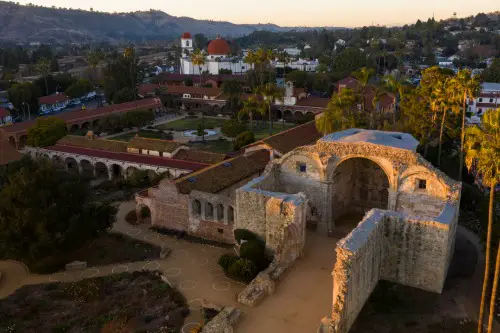
The ruins of Mission San Juan Capistrano in Texas are part of the San Antonio Missions National Historical Park, which preserves the legacy of Spanish colonization in the Southwest. Established in 1716 by Franciscan missionaries, the mission was designed to convert and educate local Native American groups, particularly the Coahuiltecans. The mission’s structures, including its church, granaries, and living quarters, were built using local materials such as limestone and adobe.
Over time, the mission’s population grew, and it became a thriving community with a strong agricultural base. Despite the eventual decline of the mission, caused by a combination of neglect and the collapse of the Native American workforce, the site continues to stand as a reminder of the complex history of the Southwest. Today, the mission ruins are carefully preserved, allowing visitors to understand both the struggles and achievements of those who lived there.
11. Great Sand Dunes (Colorado)
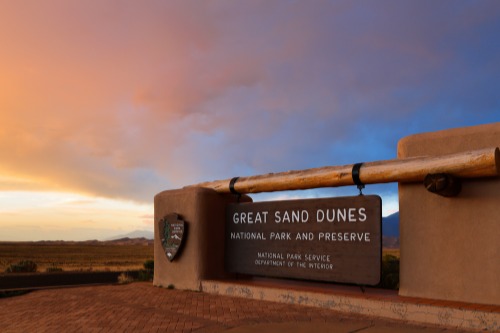
The Great Sand Dunes, located in Colorado, are home to the tallest sand dunes in North America, some reaching heights of 750 feet. The dunes were formed by wind and water over thousands of years, but they also played a significant role in the lives of the region’s Native American groups, including the Ute people. Archaeological evidence suggests that the Great Sand Dunes were used by these groups for hunting and gathering, with nearby streams providing water for crops.
Beyond its natural beauty, the area has spiritual and cultural significance, particularly to the Ute people. The dunes also served as a symbol of the region’s natural abundance, where native people gathered seasonal food resources. The Great Sand Dunes National Park now protects this unique landscape, which continues to be a source of inspiration and a connection to the past for Native American groups.
12. Moundville (Alabama)
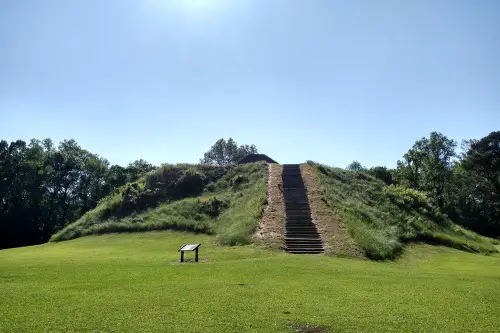
Moundville, located in Alabama, was one of the largest centers of the Mississippian culture, thriving between 1000 and 1500 AD. The site contains large earthen mounds used for ceremonial purposes, including religious rituals and burials. The largest mound, Mound A, was likely the site of a temple or other significant structure, emphasizing the importance of religion and leadership in Mississippian society. Moundville’s complex arrangement of mounds and plazas reflects a highly organized, hierarchical society.
Moundville was also a center of trade, with artifacts from distant regions found throughout the site. The people of Moundville were skilled artisans, producing intricate pottery, tools, and jewelry. By the time Europeans arrived in the 16th century, Moundville had been largely abandoned. Today, Moundville Archaeological Park preserves the site, offering a window into the rich cultural heritage of the Mississippian people.
13. Big Bend National Park (Texas)
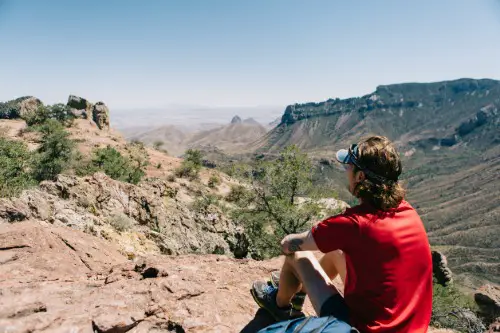
Big Bend National Park, located in far west Texas, is not only a natural wonder but also a site of ancient human habitation. Evidence of Native American presence dates back thousands of years, with petroglyphs, rock art, and prehistoric campsites scattered throughout the park. The area was home to several different groups, including the Jornada Mogollon, Apache, and Comanche peoples, who used the landscape for hunting, gathering, and ceremonial purposes.
The petroglyphs found in Big Bend National Park offer a glimpse into the spiritual and cultural life of these early inhabitants. The park’s isolation and rugged beauty made it a sacred space for many of these groups. Today, Big Bend continues to be a vital site for archaeological research, preserving traces of the past in its vast desert landscape. Its cultural significance adds to the richness of Texas’s history.


